There are countless interior design styles to inspire your home décor efforts, but some stand out above the rest. Art Deco is one such style. Though its roots trace back to a specific period, its long-lasting relevance has given it the unique ability to feel vintage, modern, and timeless all at once. Whatever home décor goals you have in mind, going behind the curtain on the history and concepts of Art Deco will help inspire your efforts.
Art Deco Interior Design
Art Deco is a decorative take on modernist style from the early twentieth century. One look at interiors designed in typical Art Deco style immediately brings the elegance of the 1920s and 1930s to mind. Art Deco, like the Mid-Century Modern movement that followed it, went beyond just interior design; it encompassed fashion, architecture, the auto industry, and more. Driven by an appreciation for the modern machines of the time, Art Deco emphasized sophistication in a nontraditional sense.

Image Source: Getty Images – Image Credit: Nikada
Art Deco in Your Home
Art Deco can help to transform your home’s interior, but you don’t have to aim for a level of opulence Jay Gatsby would approve of to reap its rewards. The concepts found in modern adaptations of Art Deco can fit any budget, and the materials used to execute it are widely available.
Art Deco Concepts
Geometry is a cornerstone of Art Deco décor. You’ll often see spaces decorated in this style using geometric shapes like chevrons and sunbursts in parquet wood flooring and tilework. Rounded corners and smooth walls are principal architectural features. Mirrors are also central to an Art Deco aesthetic, helping to create symmetry without taking away from the rest of the room. Framed mirrors and mirror walls alike are popular features.
In the style of modern and minimalist decoration, Art Deco showcases a preference for uncluttered spaces with minimal furniture, letting the decorative elements shine. Optimal furniture pieces often come with mirrored and/or veneer façades, heavy lacquer, rounded edges, and circular designs. Go for bold colors when decorating, working from a neutral base. Silver and gold feel right at home in an Art Deco environment, as do alternative neutrals such as cream and beige.

Image Source: Getty Images – Image Credit: Peter_visual
Art Deco Materials
Common materials include veneer, stainless steel, and chrome. Frames for a gallery wall and tableside lamps are great uses for gold and steel, which are two signature Art Deco materials. Making smaller ornate décor choices such as intricately framed mirrors and accent lighting fixtures will help to create a regal atmosphere while staying within your budget.
Visit our Design Styles page to learn more about common interior design styles and how you can incorporate them into your home:
Windermere – Interior Design Styles
Featured Image Source: Getty Images – Image Credit: imaginima
 Facebook
Facebook
 X
X
 Pinterest
Pinterest
 Copy Link
Copy Link

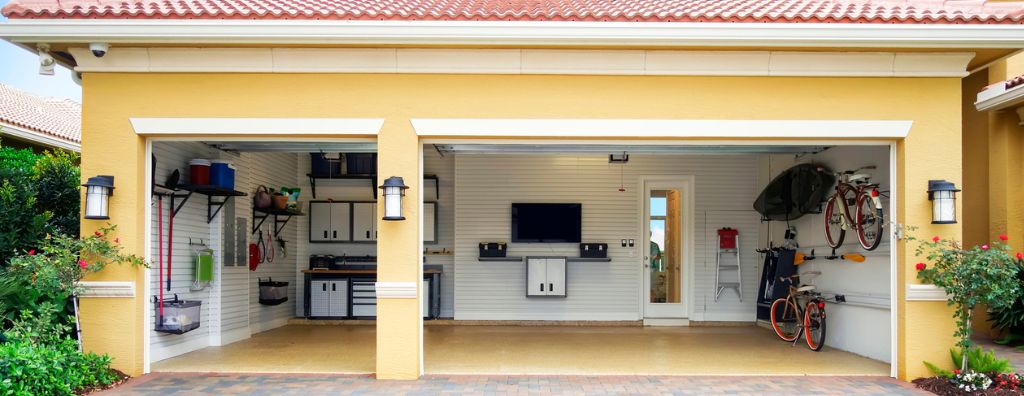
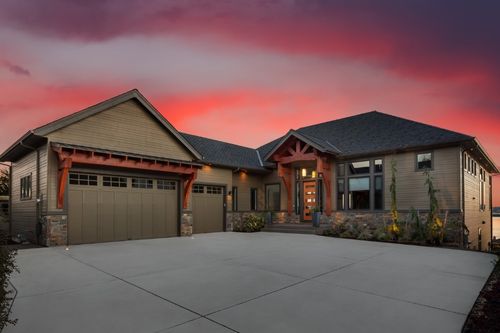
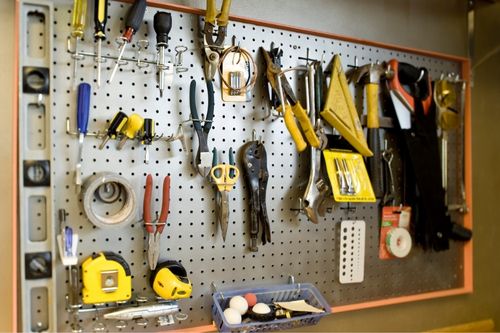

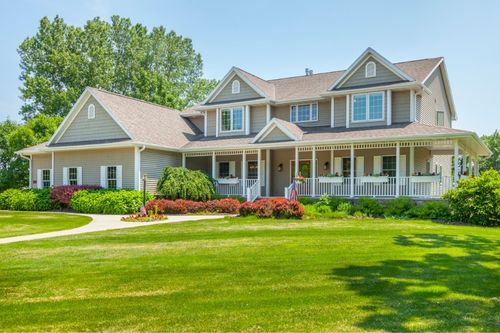
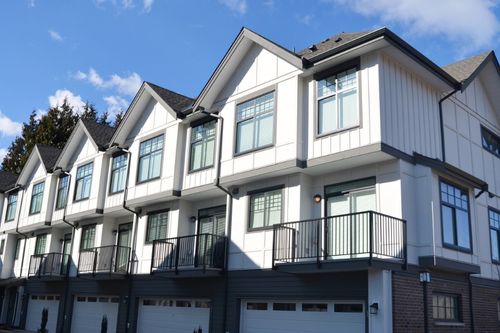
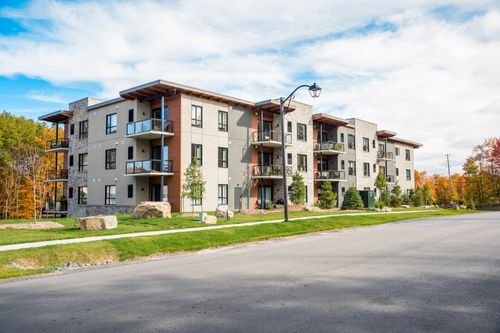




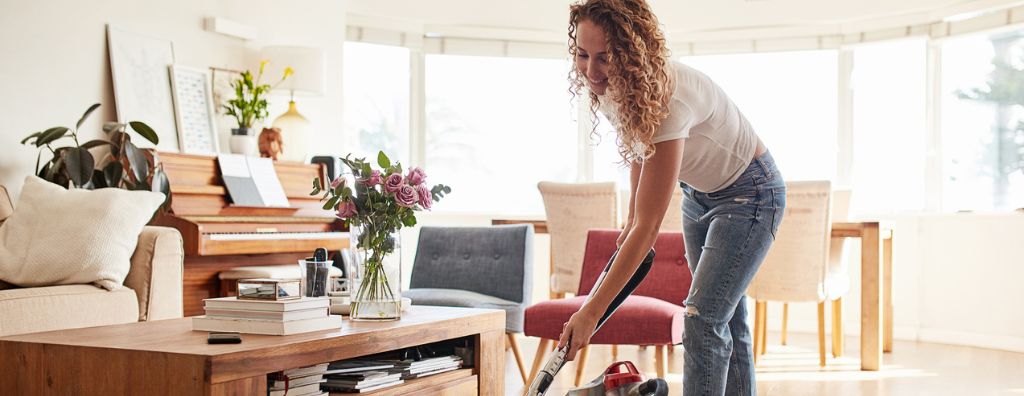







 6329 17th Avenue SW
6329 17th Avenue SW






